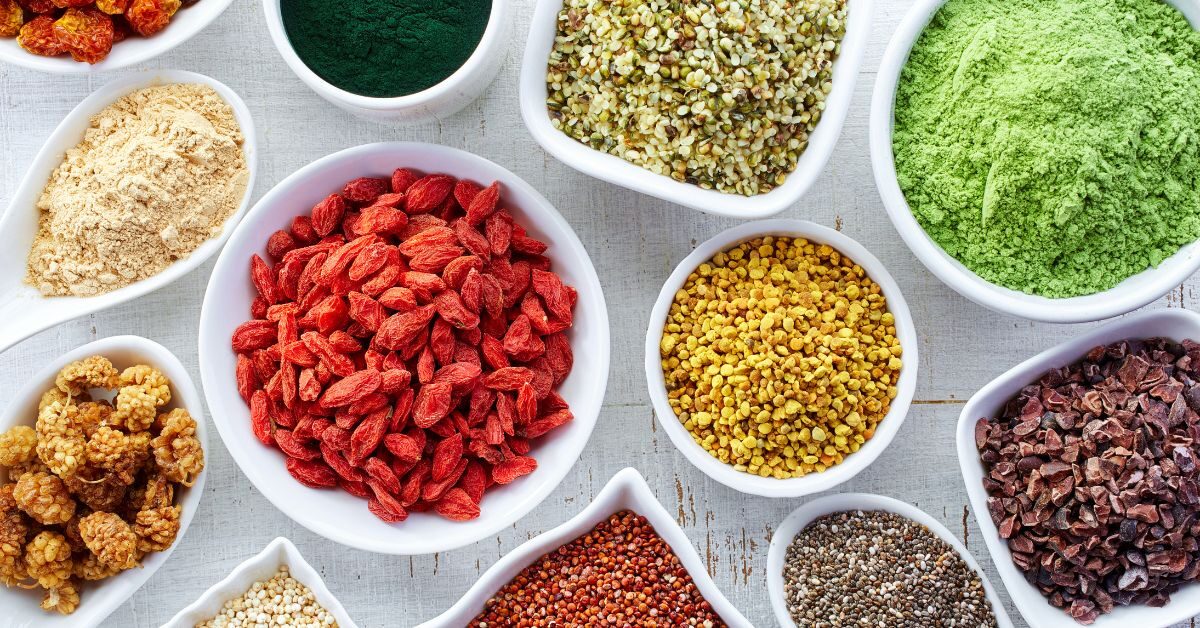

While our body can synthesize most of the fatty acids we need, it cannot make omega-6 and omega-3 fatty acids. These fatty acids are “essential,” meaning they must be consumed through the foods we eat.[1] Current research suggests that the standard American diet (SAD) contains an abundance of omega-6 fatty acids, with relatively low amounts of omega-3 fatty acids. Whereas studies show that a 4:1 or even a 1:1 ratio of omega-6 to omega-3 fatty acids is optimal for health, most Americans are consuming a ratio of at least 15:1![2], [3] This imbalance is thought to lead to excessive inflammation in the body, which has been linked to many diseases: rheumatoid arthritis (RA), heart disease, inflammatory bowel disease, asthma, depression, cancer, and more.[3]
So, where are all the omega-6 fatty acids coming from?
A large portion of the standard American diet consists of processed and fast foods. These foods often contain corn, soy, safflower, or sunflower oils, all of which are high in omega-6 fatty acids.
The next time you are at the supermarket, look at the ingredient label on a packaged food item and you will likely find one or more of these oils.
Ingredients high in omega-6 fatty acids:
- Safflower oil
- Sunflower oil
- Corn oil
- Soybean oil
- Peanuts
- Walnuts
Simply by reducing the amount of processed and fast foods you eat, you will naturally reduce the omega-6 fatty acid levels in your body, which will go some way toward restoring a more natural balance between omega-6 and omega-3 fatty acids. But what if you want to go the extra yard?
How can we get more omega-3 fatty acids?
Chia seeds and flax seeds will give you the biggest bang for your buck in terms of omega-3s. One serving (three tablespoons) of these seeds has about 5,790 milligrams of omega-3 fatty acids.
Foods high in omega-3 fatty acids:
- Chia seeds
- Flax seeds
- Brussels sprouts
- Spinach
- Cauliflower
- Walnuts
You probably noticed that walnuts contain high amounts of both omega-6 and omega-3 fatty acids. Although the ratio in walnuts is far closer to what research would recommend, if you’re aiming for foods that are even richer in omega-3 fatty acids, it’s best to start with chia or flax seeds. You can eat these with your morning oatmeal. Or, if you want even more, try making a green smoothie with lots of spinach, ground flax or chia seeds, and a little bit of fruit.
Getting your daily dose of omega-3s while decreasing your omega-6 intake will go a long way in reducing inflammation, preventing disease, and improving your overall health. [3]
References
- Biochem Pharmacol. 2009 Mar 15;77(6):937-46.doi: 10.1016/j.bcp.2008.10.020. Epub 2008 Oct 28.
- Biomed Pharmacother. 2002 Oct;56(8):365-79. doi: 10.1016/s0753-3322(02)00253-6.
- Mo Med. 2021 Sep-Oct; 118(5): 453–459.
Copyright 2025 Center for Nutrition Studies. All rights reserved.
Deepen Your Knowledge With Our
Plant-Based Nutrition
Certificate
Plant-Based Nutrition Certificate
- 23,000+ students
- 100% online, learn at your own pace
- No prerequisites
- Continuing education credits

